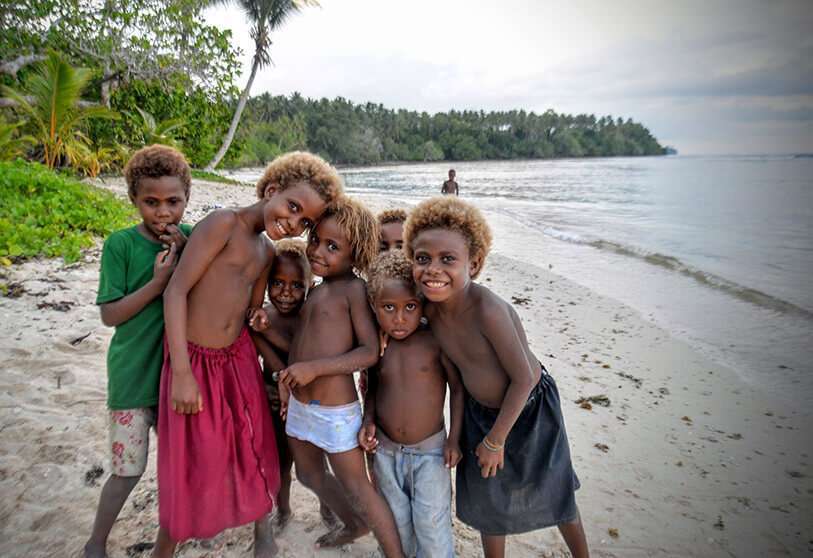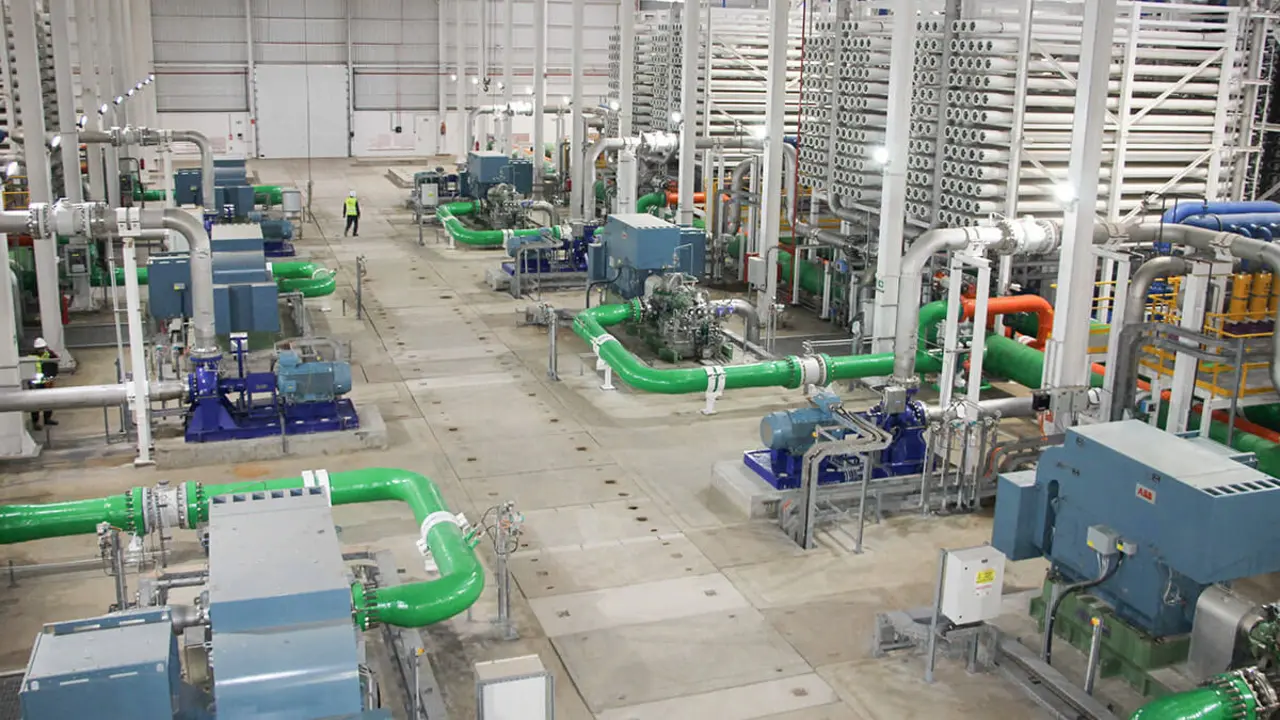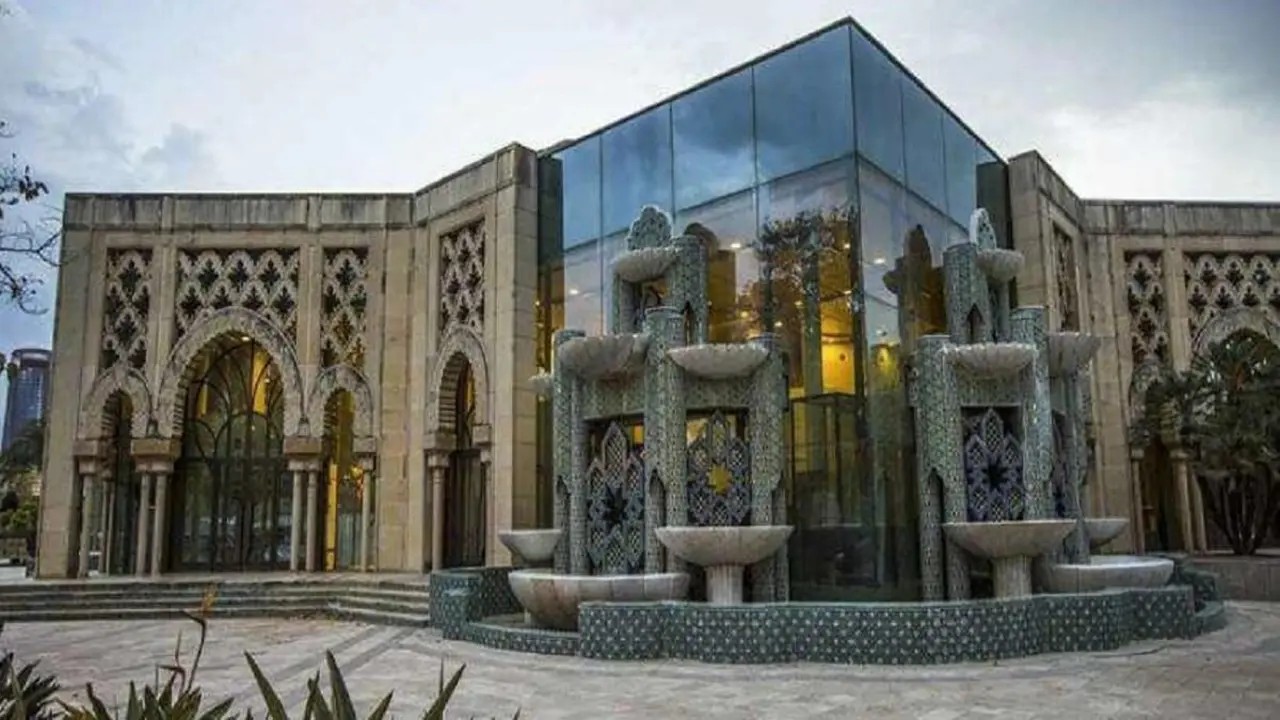Moving forward together in Asia and the Pacific

The climate crisis has jeopardised the very future of humanity. Nowhere in the world are the impacts of this existential crisis more present than throughout the Asia-Pacific region.
This is the most disaster-prone region in the world. With long coastlines, low-lying territories and many small island states, the geography here makes it highly susceptible to sea-level rise and climate extremes. Heat waves, floods and droughts are affecting all aspects of life, from nutrition and health to security and income.
While the region's poorest communities contribute the least to greenhouse gas emissions, they feel the consequences of climate change the most. Unpredictable weather patterns can lead to failed harvests, rising food prices and the spread of diseases that threaten to wipe out decades of development gains and undermine efforts to achieve the targets outlined in the Paris Agreement and the Sustainable Development Goals.
Nations in the Asia-Pacific region are rising to the challenge. With support from the United Nations Development Programme (UNDP) and funding from key donors such as the Global Environment Facility (GEF) and the Green Climate Fund (GCF), these nations are accelerating NDC ambition, formulating effective National Adaptation Plans, protecting coastlines and supporting a blue economy, improving food systems, building urban resilience and ensuring that youth and women are actively engaged in guiding a green recovery from the COVID-19 pandemic.

UNDP's Climate Pledge is the largest offer of support to countries to enhance their Nationally Determined Contributions under the Paris Agreement. The Climate Pledge is currently supporting 27 nations in the Asia-Pacific region to help countries take bold steps to reduce their emissions, increase their resilience to climate impacts and support sustainable development priorities.
Overall, almost all of the 12 Climate Pledge countries in the region have demonstrated increased ambition and commitment to the Paris Agreement targets, including net zero pathways, including the Maldives have recently announced ambitious plans to reduce 26% of emissions by 2030 and achieve net zero results by 2030.

More than 80% of Papua New Guineans live in rural areas, and more than 70% of households depend on subsistence agriculture, which accounts for almost 30% of GDP. As a result, most of PNG's population is vulnerable to climate variability and change. PNG is in the process of developing a National Adaptation Plan to align with the adaptation priorities in the country's Nationally Determined Contribution 2020. UNDP is supporting the efforts of the Climate Change Development Authority under the Ministry of Environment, Conservation and Climate Change with funding from the Green Climate Fund's NAP Readiness Window. The NAP project is currently bringing together a wide range of stakeholders in a consultative process to inform the drafting and finalisation of the NAP later in 2021.
Currently, in the southern region, by consulting on climate risk impacts for four priority sectors: agriculture, health, transport and infrastructure, stakeholders from the National Capital District and Central, Western, Gulf, Oro and Milne Bay provinces, delved into gaps and vulnerabilities, knowledge sharing and how national coordination can help build a financing framework for future climate change adaptation actions. Workshops are being held in Papua New Guinea.


Launched in 2017, with support from the global Green Climate Fund and in partnership with the United Nations Development Programme, the Tuvalu Coastal Adaptation Project aims to reduce exposure to coastal hazards and develop a long-term coastal adaptation strategy for the Small Island Developing State.
A nation of atolls, most of Tuvalu is only metres above sea level, but there are surprisingly few accurate data sets mapping the nation's topography. One of the first and most fundamental tasks of the project has been to secure baseline data to determine the relationship between land elevation and sea level, model future scenarios and inform the design of coastal infrastructure as well as development planning. This protects vulnerable communities and prepares investments for the future.
To collect the data, the project last year turned to airborne LIDAR, or Light Detection and Ranging, a cutting-edge aircraft-mounted technology that has now collected accurate information on the height of the land surface and the depth of the seabed.


At the heart of the Coral Triangle, the global centre of marine biodiversity, lies the small island developing state of Timor-Leste. Flash floods, coastal erosion and loss of mangroves are affecting people's livelihoods.
Funded by the Least Developed Countries Fund of the Global Environment Facility, the UNDP-supported 'Coastal Resilience Programme' is Timor-Leste's largest effort to conserve coastal ecosystems, with a view to protecting people's livelihoods and making communities more resilient to climate change.
Taking a multi-faceted approach, the programme seeks to address upstream and downstream processes simultaneously, while offering people alternative livelihoods, a holistic 'mangrove to mountain' approach.
Downstream, fish farming, mangrove protection and replanting, and livelihood diversification have helped local communities take charge of mangrove restoration and sustainable ecosystem management.
Upstream in the mountains and watersheds, the programme focuses on complementary land management measures with the planting of species such as casuarina, acacia and vetiver along riverbanks and on steep slopes.
Alongside these efforts on the ground, Timor Leste has also recently finalised its National Adaptation Plan with support from the UNDP-UNEP Global Support Programme to enable long-term adaptation planning.

Cities in the Asia-Pacific region are highly exposed to the impact of multi-hazard disasters. Climate change is expected to increase the frequency and magnitude of regional hazards, including tropical cyclones, droughts, extreme heat and floods, which threaten the lives and livelihoods of urban residents across the region and the provision of essential services on which communities and businesses depend.
To assist cities and address these growing risks, UNDP is working with city governments to integrate climate and disaster risk information into territorial planning and decision-making processes, and ensure that local investments in infrastructure and service delivery are informed by climate risks. This integrated urban resilience approach was tested in 2020-21 in Rawalpindi, Pakistan, Cox's Bazar, Bangladesh and Waling, Nepal. By assessing existing and future climate and disaster risks and understanding how they affect development priorities, these cities have launched 'Resilience Roadmaps' to help city planners not only prepare for and respond to current and future natural, man-made and hybrid risks and hazards.

In Mongolia, overgrazing and climate change are contributing to land degradation and desertification. Goat grazing and cashmere production are part of the problem, and part of the solution, as the nation tries to build resilience to the clear and present risks posed by drought, desertification and other climate and environmental hazards.
Approximately 70 per cent of the rangelands here are degraded to some extent. However, through climate-based planning, protection of land and water sources, and sustainable livestock management, most of the degraded areas can be restored.
UNDP supports the Government of Mongolia through a number of complementary initiatives, including the project Enhancing Adaptive Capacity and Risk Management of Rural Communities in Mongolia. The GCF-funded project brings together climate-informed natural resource management and sustainable livestock planning, building on traditional cooperative approaches among herders, while introducing innovative technologies for traceability and verification of sustainably sourced livestock products (e.g. blockchain technology). UNDP has also launched the Sustainable Kashmir Platform, which engages brands, local processors, representatives of pastoralist groups, development partners, civil society organisations and public authorities in a common agreement on sustainability in Kashmir (considering pastoralist livelihoods, animal welfare, rangeland management and wildlife habitat protection), and establishes partnerships and coordinates investments to promote sustainable production and processing in Mongolia.

For rural people living in poverty in Bangladesh, the increase in extreme weather events, heavy monsoon flooding, rising temperatures, and salinity and erosion caused by rising sea levels are putting lives and livelihoods on the line.
Led by the Local Government Division of the Ministry of Local Government, Rural Development and Cooperatives, the Local Government Initiative on Climate Change (LoGIC) is a four-year joint initiative of the Government of Bangladesh, UNDP, the United Nations Capital Development Fund, the European Union and the Swedish International Development Cooperation Agency (SIDA).
The LoGIC project created a Community Resilience Fund, providing small-scale grants (up to $350) to households in highly vulnerable areas to enable them to undertake proven, incremental, 'low-regret' adaptation activities with immediate benefits to their income, food security and well-being.
Since the scheme was launched last April, more than 17,000 households (98% of them women who have lost their livelihoods, or their current livelihoods are at risk, due to climate extremes) have received grants. Grantees have used the funding to implement a variety of livelihood alternatives, from climate-resilient agriculture and livestock (e.g. sheep farming in saline and drought-prone areas) to crab farming, saline-resilient aquaculture (e.g. polis cultura) and stress-tolerant agroforestry.

Bhutan is exposed to a wide range of climate change-induced hazards, including glacial lake outburst floods, flash floods and landslides, windstorms, forest fires and seasonal water shortages.
Climate change is not only causing more extreme weather events, but also has a direct impact on people who depend on subsistence agriculture.
In Bhutan, women are largely responsible for water collection, cooking and cleaning, and seasonal water shortages have a major impact on their health, livelihoods and well-being.
UNDP-supported projects funded through the GEF have supported the construction of climate-resilient water collection, storage and distribution systems that are benefiting more than 1,000 households. Women and children have been the first beneficiaries, as they no longer have to endure long walks to fetch water. In turn, this has allowed many children to go to school regularly, and women are able to undertake additional income-generating activities in their new free time.
"In the past, women and children walked for hours at night with burning torches to fetch water. Because of the time required, our children could not go to school, we could not maintain proper hygiene at home and most women faced difficulties in carrying out their daily household chores. Today, our lives have changed dramatically. Sanitation and hygiene conditions have improved tremendously, and since we no longer need to spend many hours fetching water, we can spend more time generating income. - Norbu Zangmo, Kengkhar village, Mongar.
Implemented in partnership with WHO with GEF funding, the UNDP-supported Strengthening the Resilience of Health Systems in Asian LDCs to Climate Change project is working in six LDCs - Bangladesh, Cambodia, Lao PDR, Myanmar, Nepal and Timor-Leste - to improve hygiene in health care facilities, implement climate-resilient water safety plans, build the capacity of health professionals and disseminate health-related technical guidelines. A similar project is being developed for the Pacific region, covering Kiribati, Solomon Islands, Tuvalu and Vanuatu.
The projects aim to strengthen institutional capacities to integrate climate risks and adaptation into health sector planning; improve climate health surveillance, early warning systems and health advisories; strengthen health facilities in the face of climate impacts; and support communities with vector- and water-borne disease prevention measures, such as investments in water, sanitation and hygiene.








